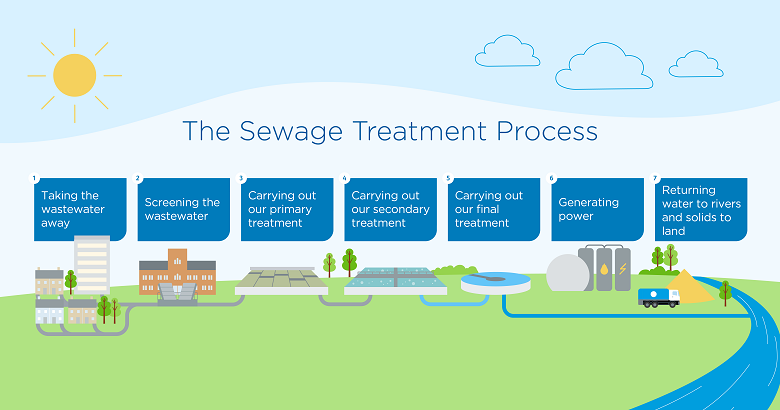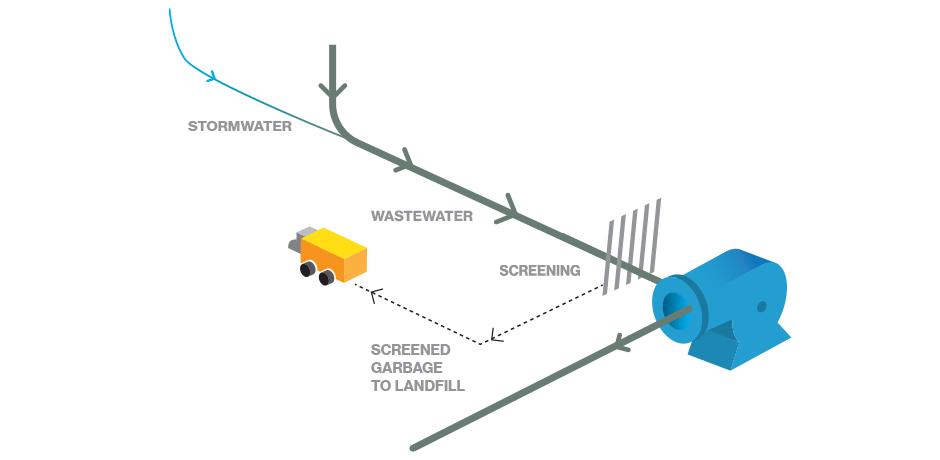The Significance of Chemical Processes in Waste Water Treatment
The Significance of Chemical Processes in Waste Water Treatment
Blog Article
Strategic Approaches to Enhance Waste Water Therapy Effectiveness and Decrease Environmental Impact
In the world of drainage treatment, the mission for improved effectiveness and lowered environmental effect is a perpetual obstacle that requires strategic solutions. As society faces the vital to take care of water sources sustainably, a nuanced method becomes necessary. The combination of sophisticated therapy modern technologies, energy-efficient procedures, source recuperation approaches, improved nutrient elimination techniques, and wise monitoring and control systems stands for a complex structure for attending to these pressing concerns. What lies at the core of this facility internet of approaches is the prospective to transform the way we come close to waste water therapy, not just as a procedure of disposal, yet as a useful possibility for technology and ecological stewardship.
Advanced Therapy Technologies
Advanced membrane layer filtration systems have actually reinvented innovative wastewater therapy processes, significantly improving the elimination of pollutants. These cutting-edge systems operate by requiring water via a semi-permeable membrane layer, properly separating pollutants from the water stream. The membrane's tiny pores trap contaminants such as microorganisms, viruses, and suspended solids, allowing just detoxified water to pass through. This innovation has actually shown to be very efficient in eliminating a large range of pollutants, consisting of pharmaceuticals, heavy metals, and organic compounds, which are usually testing to get rid of through conventional treatment methods.
Furthermore, membrane layer filtering systems supply numerous benefits over conventional therapy strategies. In addition, these systems are extremely versatile and can be quickly integrated right into existing therapy plants or made use of as standalone systems for decentralized applications.
Energy-Efficient Processes
The integration of energy-efficient processes in wastewater therapy systems is essential for maximizing resource use and lowering functional prices. One key method to boosting energy effectiveness in wastewater therapy is the application of innovative aeration systems, such as fine bubble diffusers or surface aerators, which can enhance oxygen transfer effectiveness and reduce energy consumption.
Additionally, maximizing process control and automation via the use of sophisticated sensors and checking systems can boost overall power performance by adjusting procedures in real-time based upon real demand and conditions. Applying power audits and frequently keeping an eye on energy efficiency signs are necessary methods to determine areas for enhancement and track energy-saving efforts successfully. Generally, the adoption of energy-efficient processes in wastewater therapy not only benefits the setting yet likewise contributes to long-lasting expense savings and operational sustainability.
Source Healing Methods
With a focus on enhancing resource application and sustainability in wastewater therapy systems, the application of resource recovery strategies arises as an essential element in enhancing operational effectiveness. Source healing techniques in wastewater treatment involve the recognition and extraction of valuable sources from the waste stream, therefore turning what was once taken into consideration waste into an important property. By carrying out source healing strategies such as nutrient removal and healing, energy generation from natural issue, and the production of multiple-use water, wastewater therapy plants can minimize environmental impact while optimizing efficiency.

Enhanced Nutrient Elimination Strategies
Implementing advanced nutrient elimination techniques is vital for optimizing the effectiveness of wastewater treatment systems. One of the vital techniques used for boosted nutrient removal is the process of organic nutrient removal (BNR), which entails the elimination of nitrogen and phosphorus through biological procedures.

Along with BNR, advanced treatment approaches such as membrane bioreactors (MBRs) and built marshes can additionally be used to improve nutrient elimination efficiency. MBRs use membrane layers to attain top notch effluent standards by efficiently getting rid of nutrients and put on hold solids. Built marshes mimic natural marsh procedures to get rid of nutrients with plant uptake, microbial task, and sedimentation. By including these advanced nutrient removal methods into wastewater treatment markets, towns and systems can successfully lower nutrient pollution and safeguard the environment.
Smart Tracking and Control Systems
Utilizing innovative modern technology, the combination of smart surveillance and control systems reinvents the operational effectiveness of wastewater treatment facilities. These systems integrate sophisticated sensing units and information analytics to continually keep track of vital criteria such as pH degrees, turbidity, dissolved oxygen, and circulation rates in real-time. By gathering and analyzing this information, operators can obtain important insights into the efficiency of the treatment procedures, allowing proactive modifications to optimize therapy efficiency.
Smart surveillance and control systems also sustain remote surveillance abilities, allowing operators to accessibility real-time data and control features from off-site areas. This remote availability enhances operational adaptability and responsiveness, enabling speedy treatments in situation of system breakdowns or variations in influent high quality. Moreover, the predictive maintenance capabilities of these systems help protect against devices failures and minimize downtime, inevitably enhancing the general additional resources integrity of wastewater therapy operations (Waste Water Treatment).
Verdict
In conclusion, calculated strategies such as sophisticated therapy technologies, energy-efficient procedures, source recovery strategies, improved nutrient elimination methods, and smart surveillance and control systems play a critical duty in boosting wastewater therapy efficiency and decreasing ecological impact. By executing these techniques, wastewater treatment plants can enhance their overall performance, lower energy usage, recuperate useful resources, and guarantee compliance with environmental regulations. These methods are crucial for lasting and reliable wastewater administration methods.

In final thought, strategic techniques such as advanced treatment modern technologies, energy-efficient procedures, resource healing approaches, enhanced nutrient removal strategies, and smart tracking and control systems play an important duty in enhancing wastewater treatment performance and reducing ecological influence.
Report this page